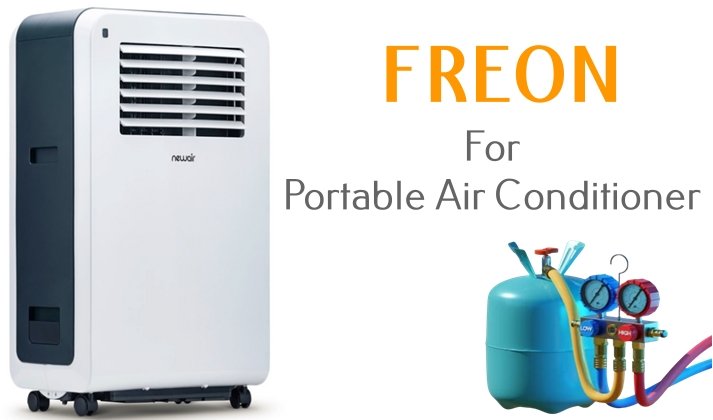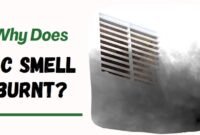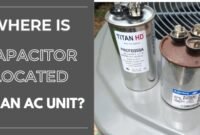The portable air conditioner is a good choice if you want to cool a specific area in your house, such as the kitchen or the home office. When put in a small space, a large portable air conditioner will negatively impact the air humidity.
But a smaller one would probably not suffice to cool the area. That’s why you must make sure you choose a suitable capacity for the portable air conditioner. You might also need to ensure that you have all the information about freon for portable air conditioners.
Do Portable Air Conditioners Need Freon?
Most of them do. Freon works to create the cooling air that you feel coming out of the air conditioners. However, battery-powered AC is gaining popularity now. It can cool a small area, such as your desk.

Although it is very tempting, the concepts of air conditioners and air coolers are very different. Battery-powered AC is air coolers instead of air conditioners. They work with cold water instead of refrigerant.
Freon for Portable Air Conditioner
The most portable air conditioner runs on a refrigerant called the Freon. In retrospect, Freon will be evaporated repeatedly to produce cool air that will cool your room. It lasts forever if there’s no leak.
This means you don’t need to do a refill unless there’s an unknown leak you don’t know about. In that case, you would want to take a closer look at your air conditioner and repair the leak before refilling the refrigerant.
Freon will be evaporated over and over again to produce cool air that will cool your room. It lasts forever if there’s no leak.
In the case of a portable AC refrigerant leak, you might notice that by the sound of it. There might be fuzzy sounds from the back of the AC. You will also see that there’s not much cool air coming from the portable AC. Instead of cooling the room, you might find the portable AC useless.
Another factor that might cause the refrigerant leak is metal erosion. It is possible if the air conditioner is located in an area with high humidity. The erosion could create tiny holes that cause the Freon leaks.
After assessing the leak and fixing it, you might want to refill the refrigerant to maximize the air conditioner’s work. First, you need to check the portable air conditioner recharge kit. However, you might need professional help to refill the Freon. This is because some refrigerant is not available for individual buy.
Read also: How Often Should I Drain My Portable Air Conditioner?
Assessing your Portable AC Problems
When you notice changes in your portable AC, you want to consider these factors:
- Inadequate airflow – When you are setting up the portable AC, there’s a possibility that it can be dirty. The dirt can get inside the portable AC and cover necessary coils, such as the evaporator coils in the cooling process. This buildup can also cause ice to form in the coils, disrupting the airflow.
- Size unit – Commonly, portable AC with Freon is used to cool a small area. Nowadays it comes with different capacities. However, if you overwork a small-sized portable AC to cool a large room, then you might not get the airflow you wanted.
- Ambient temperatures – It is necessary to understand that your portable AC might need extra work if the ambient temperature is too hot. One thing that you can do to prevent this is to install your portable AC in an insulated room.
That is all you need to know about portable air conditioners and Freon. It is surely an easy and effective way to cool up in the summer. However, you need to understand the effects of Freon on portable air conditioners and other underlying factors that could cause problems.


